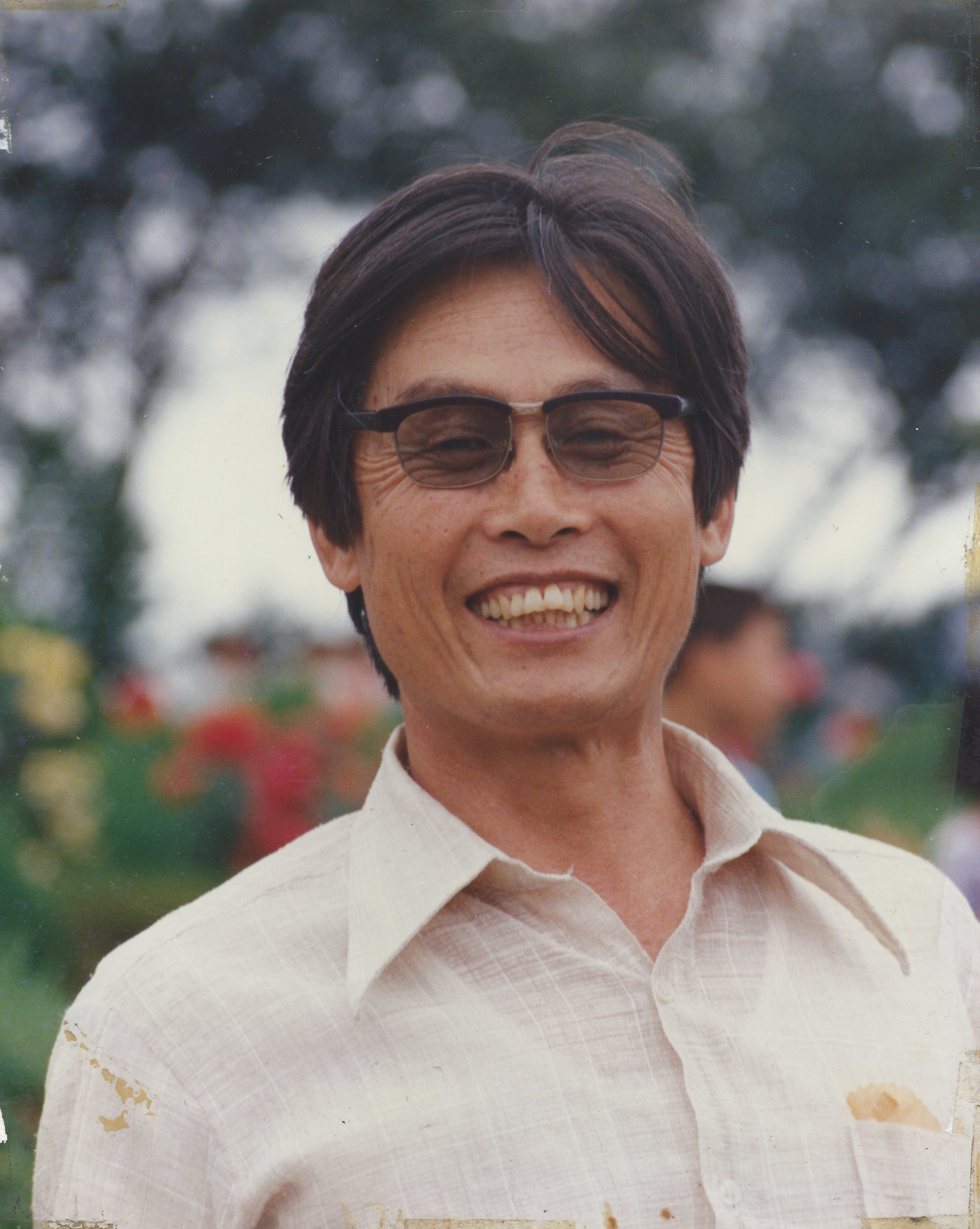One of the most urgent tasks following passage of the Social Security Act in 1935 was to devise a method for uniquely identifying the earnings records for the millions of persons covered by the new law. Since entitlement to Social Security and the benefit amount were to be determined from a person’s earnings over many years, a method was needed for maintaining permanent and accurate earnings records for each person working in employment covered by the Social Security program. The Social Security number was developed for this purpose.
The Social Security number (SSN) consists of nine digits divided into three parts, with each part usually separated by a hyphen:

This unique configuration, plus the fact that an SSN is used for many purposes besides employment (income tax returns, bank accounts, drivers’ licenses, and so forth), makes the number easily recognizable. Although most people believe that each part of the number has a special significance, few know what that significance is.
Until 1972, the urea number indicated the location (State, territory, or possession) of the Social Security office that issued the number. When the Social Security numbering system was developed, one or more area numbers were allocated to each State based on the anticipated number of issuances in the State (table 1). Because an individual could apply for an SSN at any Social Security office, the area code did not necessarily indicate where the person lived or worked. Since 1972, the Social Security Administration has been issuing SSN’s centrally from its headquarters in Baltimore. The area code now indicates the person’s State of residence as shown on the SSN application.
There are several exceptions to these rules. Before 1964, area numbers 700-728 were assigned by the Railroad Retirement Board to workers covered by the Railroad Retirement Act.(1) Area number 586 is divided among American Samoa, Guam, the Philippines, and Americans employed abroad by American employers and, from 1975 to 1979, it was also used for Indochinese refugees. Area number 580 is assigned to persons applying in Puerto Rico and the Virgin Islands.

The group number has no special geographic or data significance. It is used to break the numbers into blocks of convenient size for SSA’s processing operations and for controlling the assignments to the States.
The last four digits, the serial number, represent a numerical series from 0001 to 9999 within each group. The order in which the SSN’s are issued is as follows: For each area number, the group number follows an odd and even sequence starting with odd numbers 01 to 09, even numbers 10 to 98, even numbers 02 to 08, and finally odd numbers 11 to 99. The serial number begins with 0001 and continues in sequence,(2) except every fifth SSN is given a serial number from the series 2001-2999 and 7001-7999. The last three serial numbers issued are 9998, 9999, and 7999. Serial number 0000 is never used. Each State goes through all of its area numbers with group number 01 and serial numbers 0001-9999 and 7999 before using group number 03. Thus, 989,901 SSN’s can be issued for each area number.
The 9-digit number provides the capacity for assigning nearly 1 billion SSN’s. To date, approximately 277 million numbers have been issued, leaving about 75 percent still available. Only Florida has used up its original allotment. Several other States (Arizona, California, and Mississippi), and Puerto Rico are expected to exhaust their original allotment within the next 2 decades. Additional area numbers have been designated for these locations. About 5-7 million new numbers are issued each year, but even at this rate there will be sufficient numbers available for several generations to come.
* By Erma Barron and Felix Bamberger, Division of OASDI Statistics, Office of Research and Statistics, Office of Policy, Social Security Administration.
(1) Virtually all railroad workers had been assigned SSN’s by 1964; therefore there no longer was a need to have a separate numbering system
(2) For all practical purposes, the serial numbers are random. The use of numbers from the 2000 and 7000 series for every fifth issuance permits scientific sampling of workers and beneficiaries, For example, see Warren Buckler and Creston Smith, “The Continuous Work History Sample: Description and Contents,” Economic and Demographic Statistics: Selected Papers Given at the 1980 Annual Meeting of the American Statistical Association in Houston, Texas, November 1980.
Social Security Bulletin, November 1982/Vol. 45, No. 11 pp29-30


